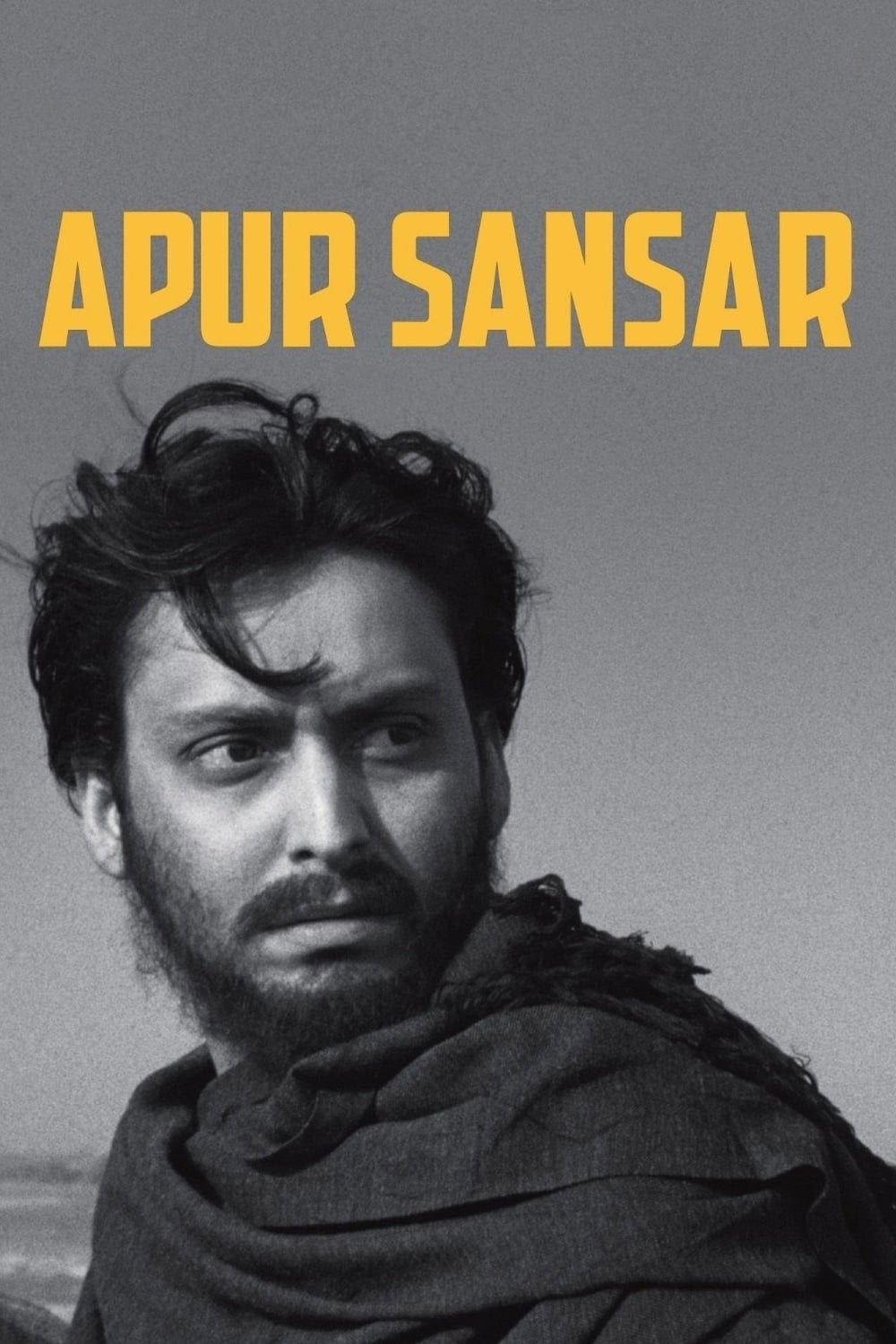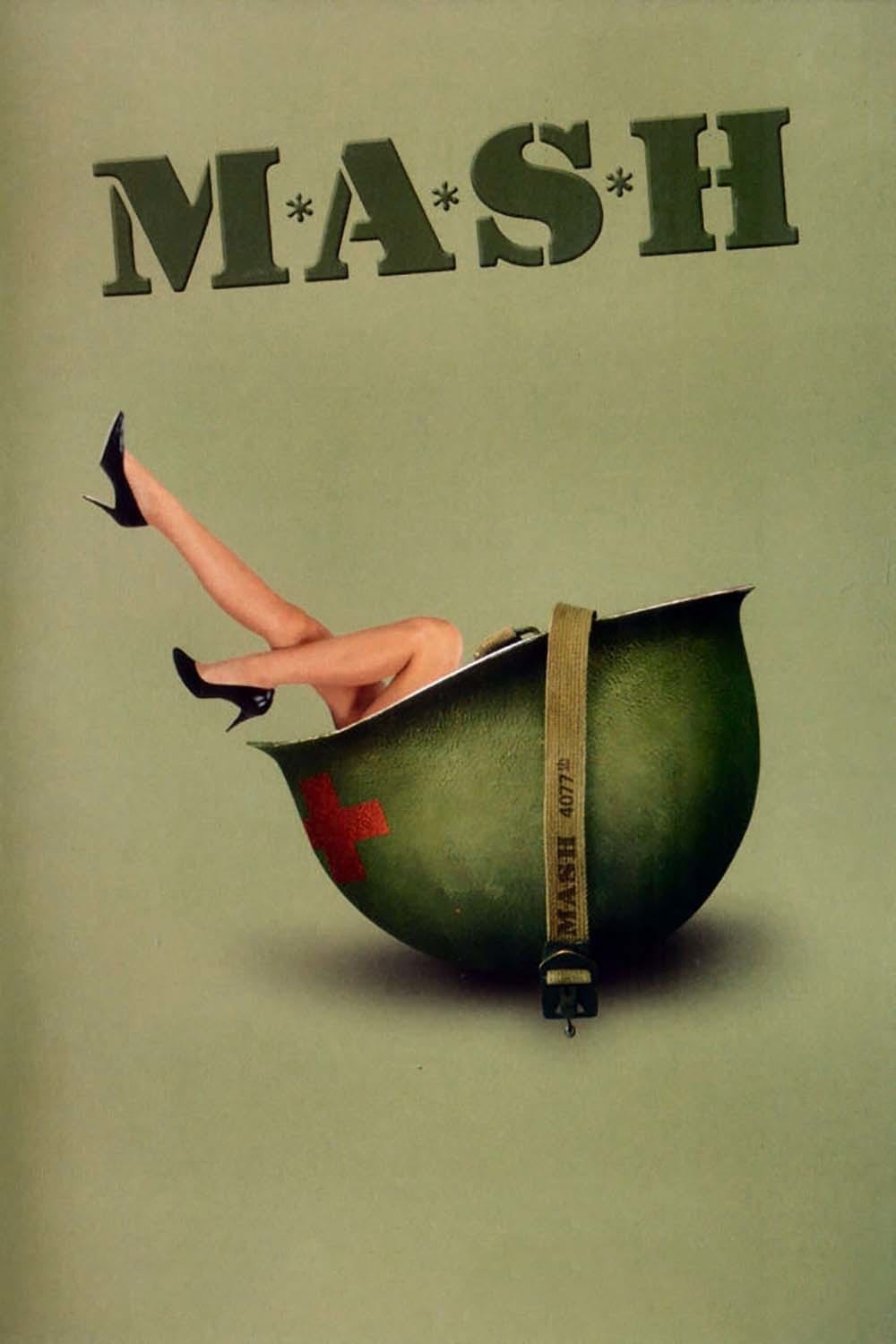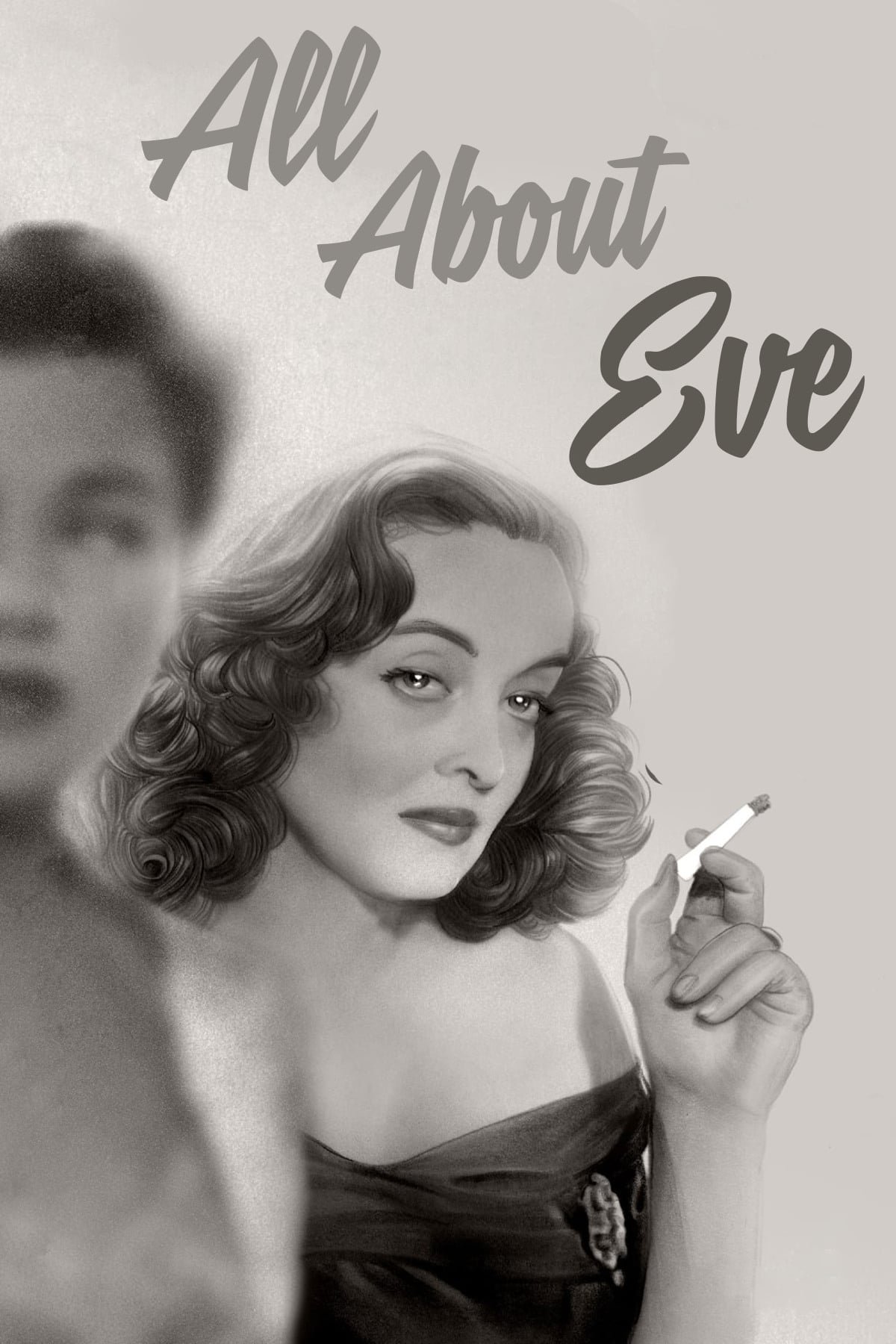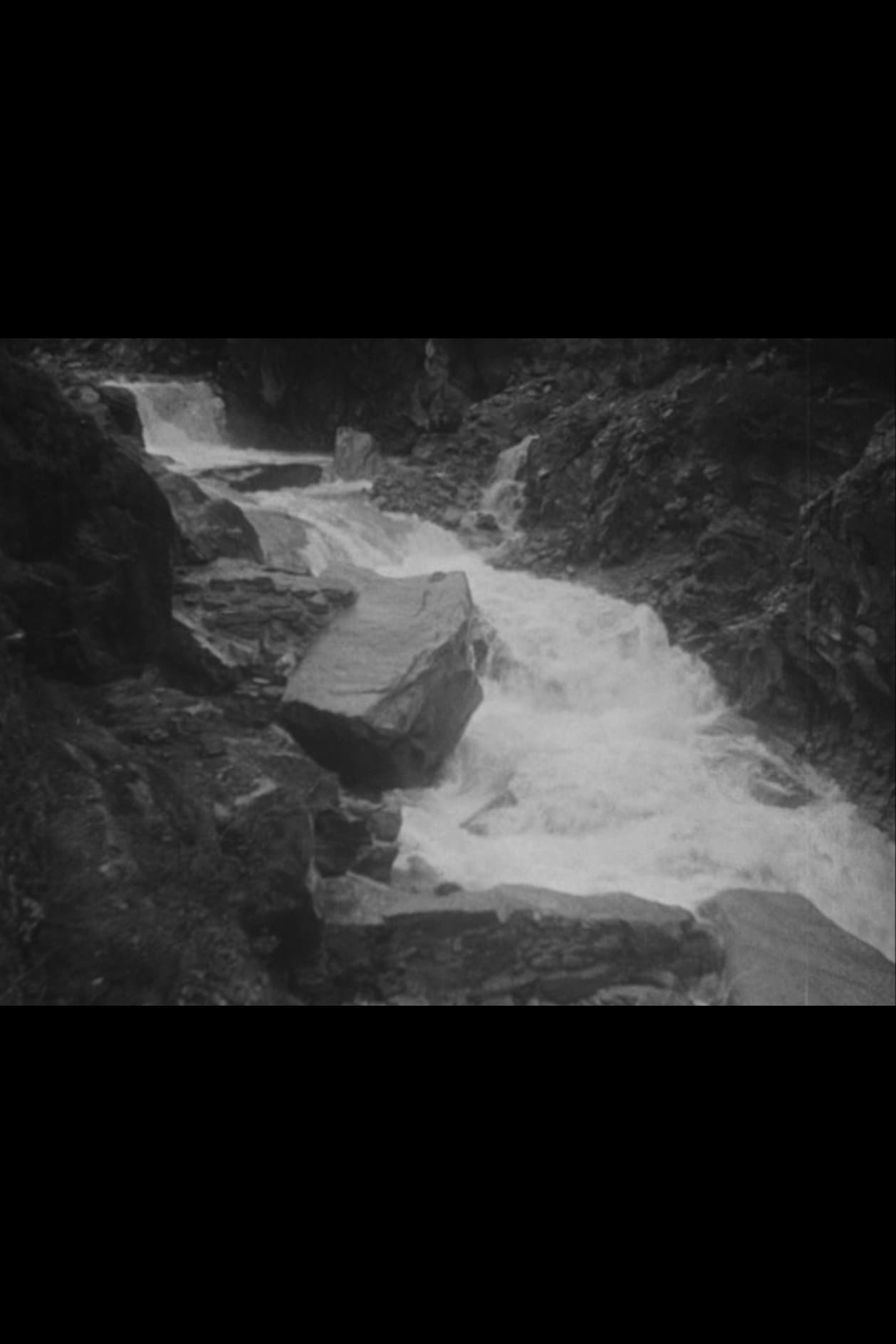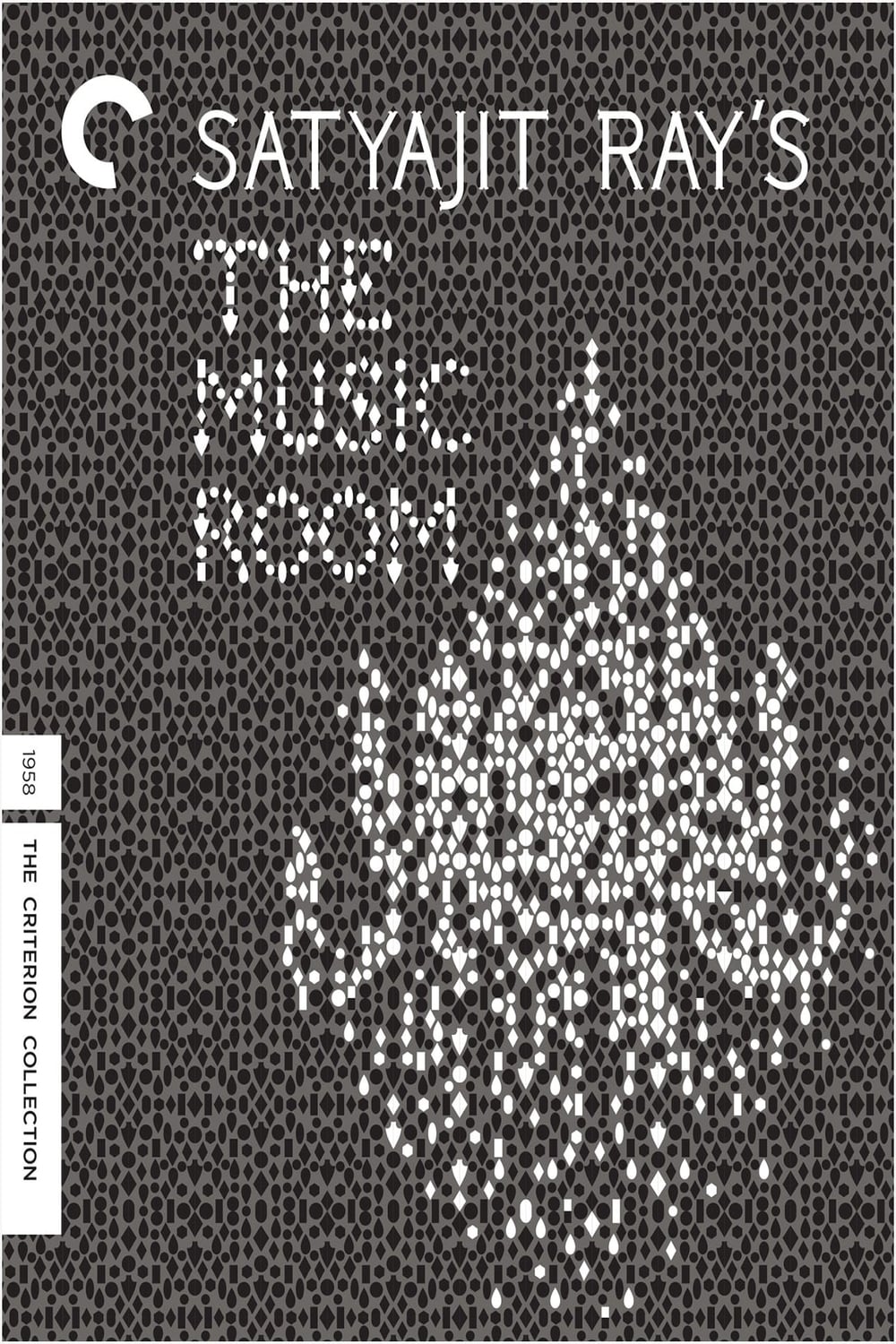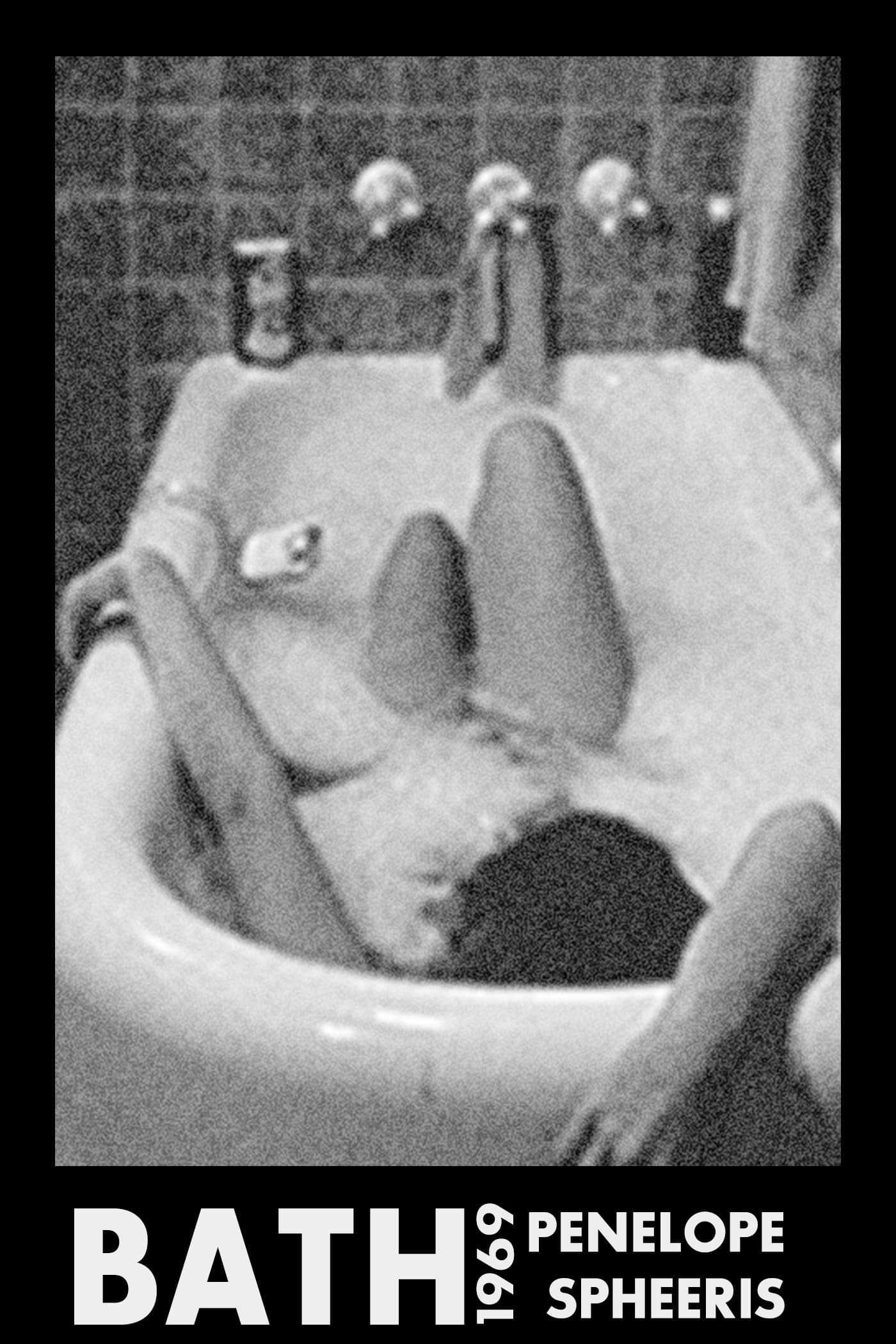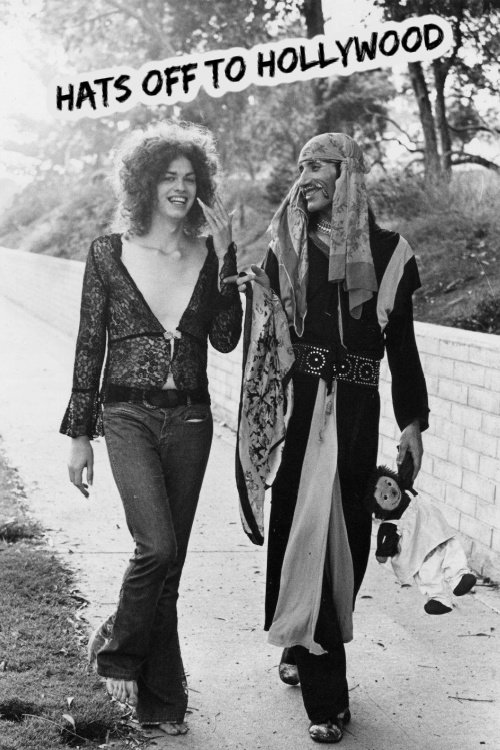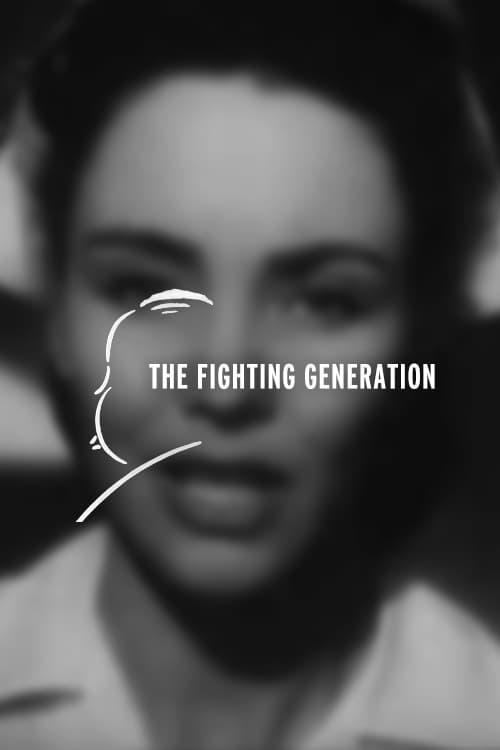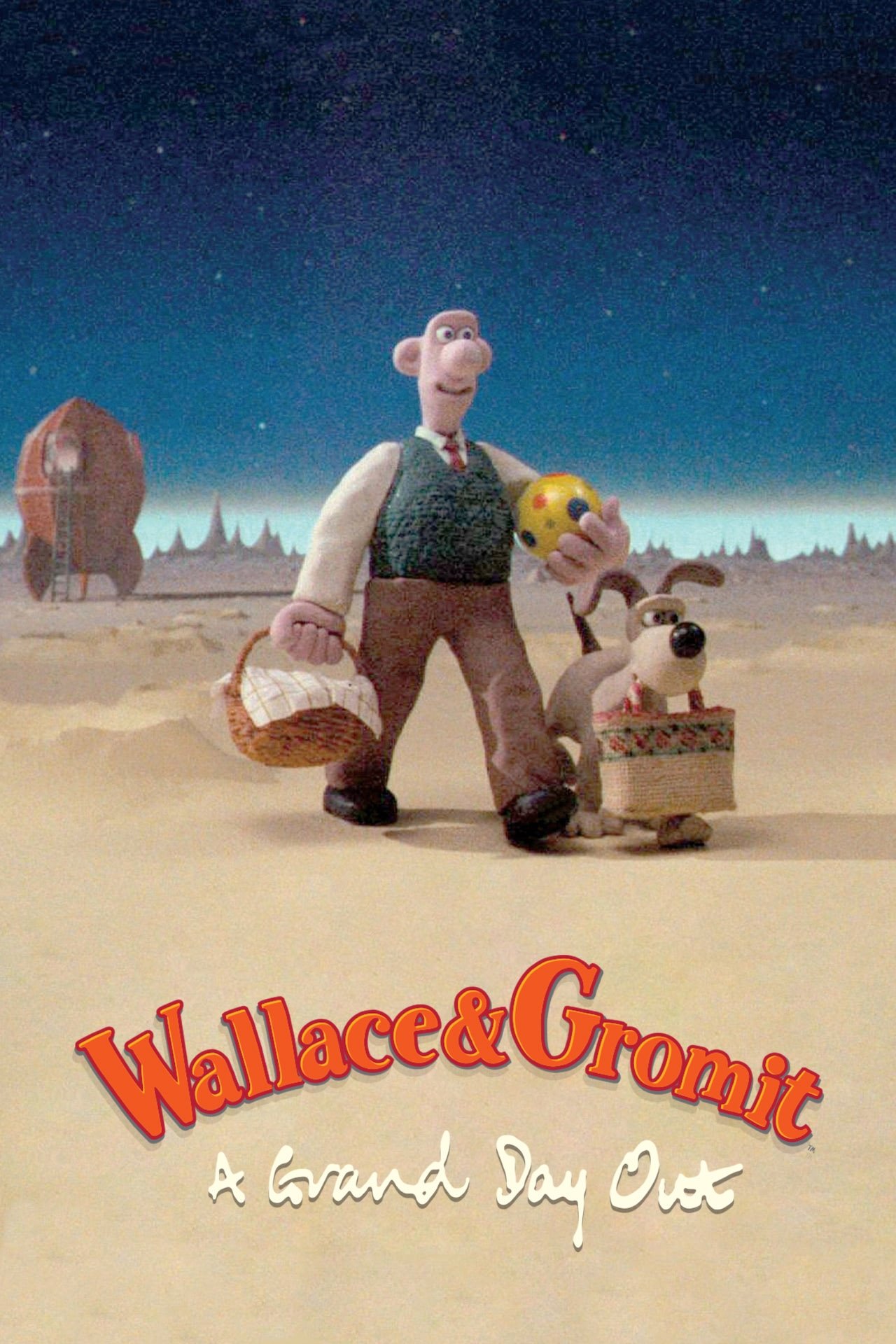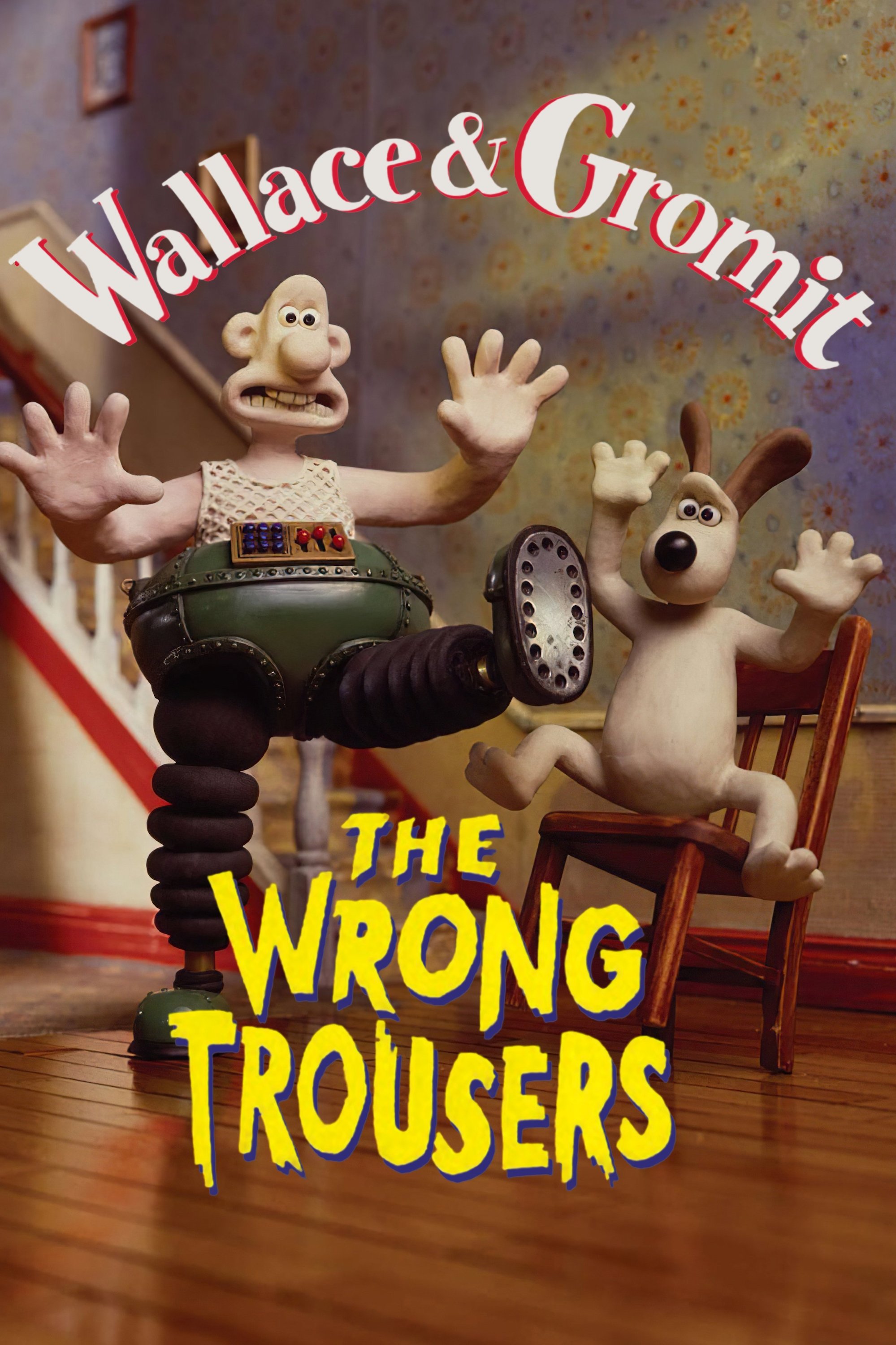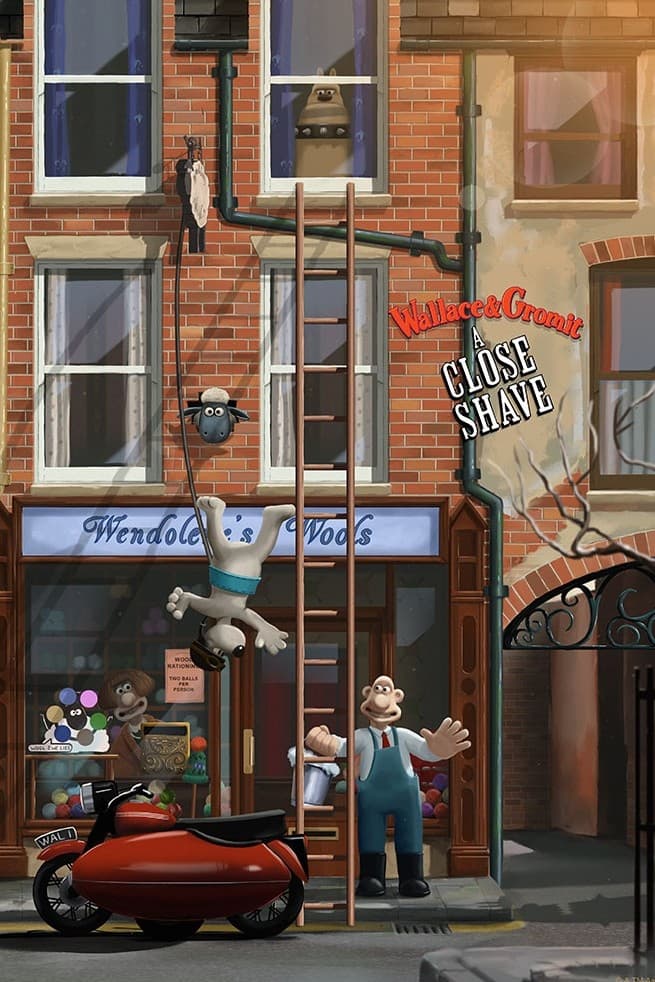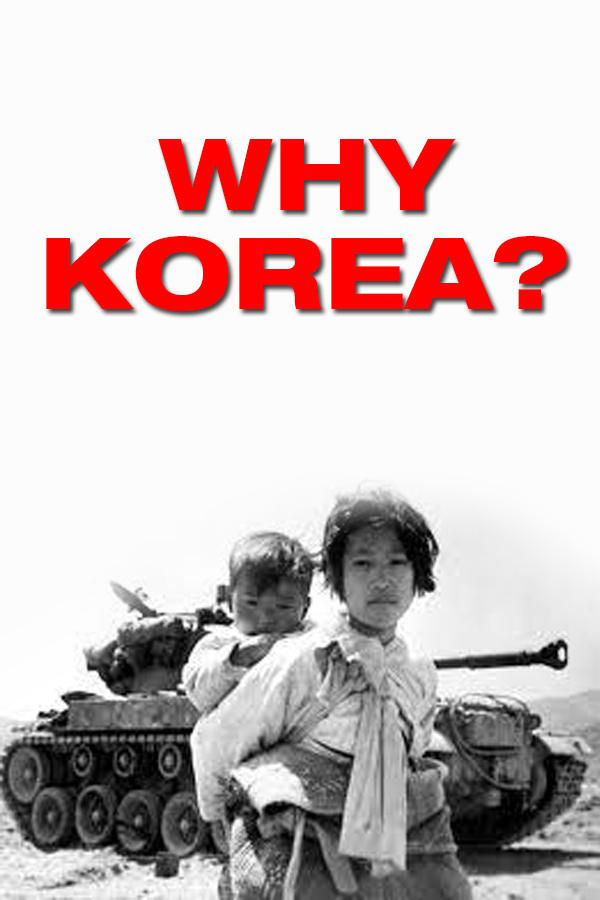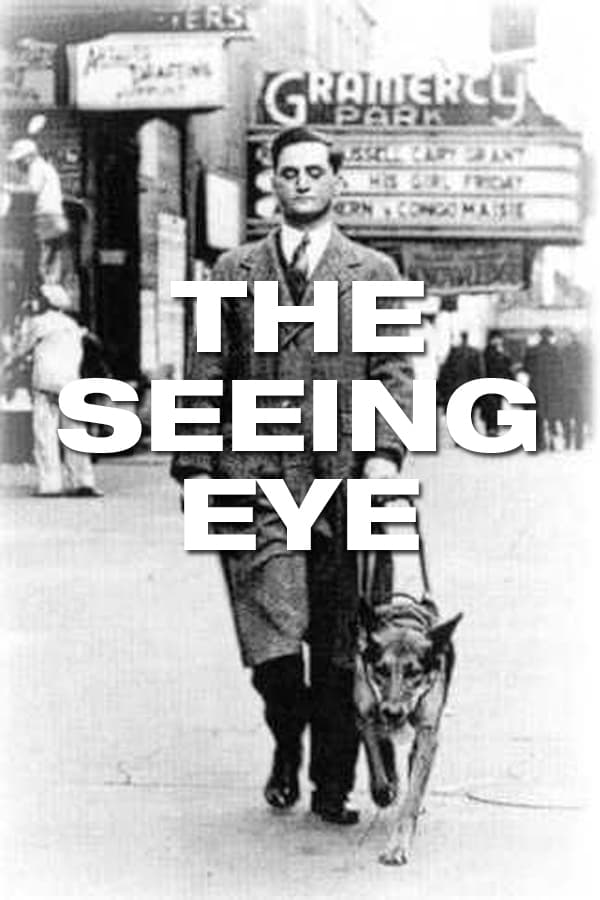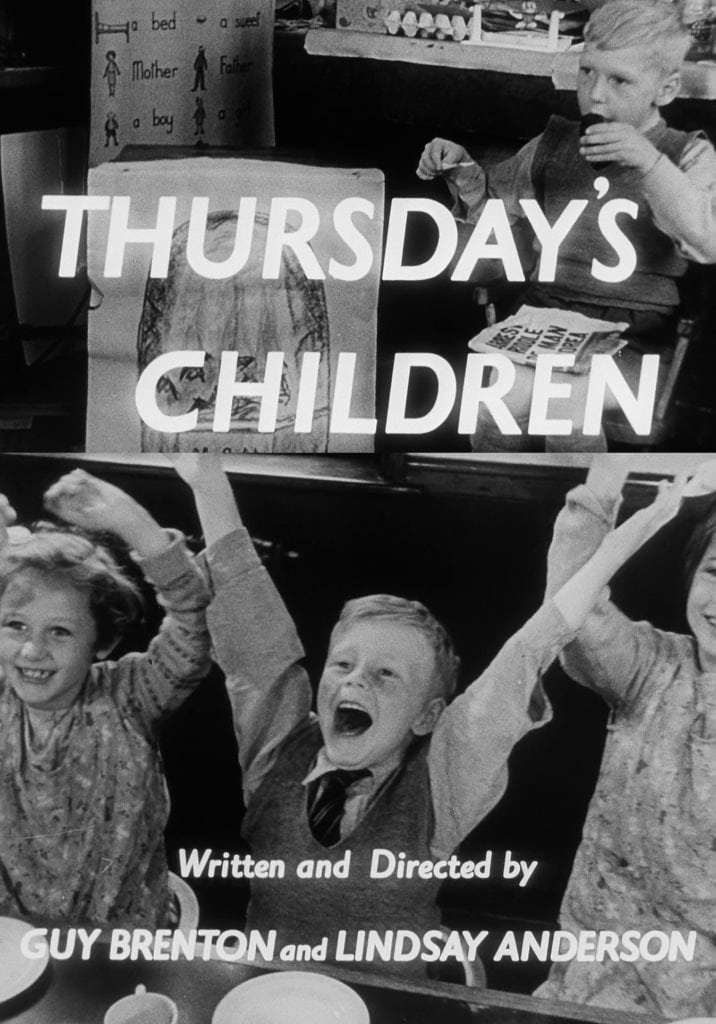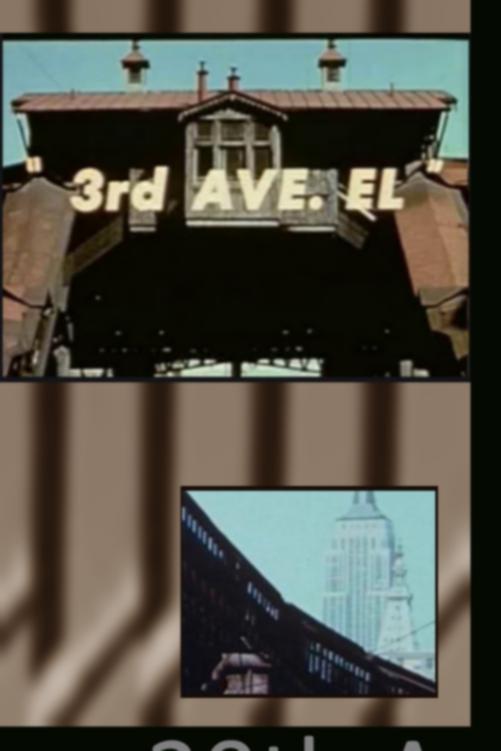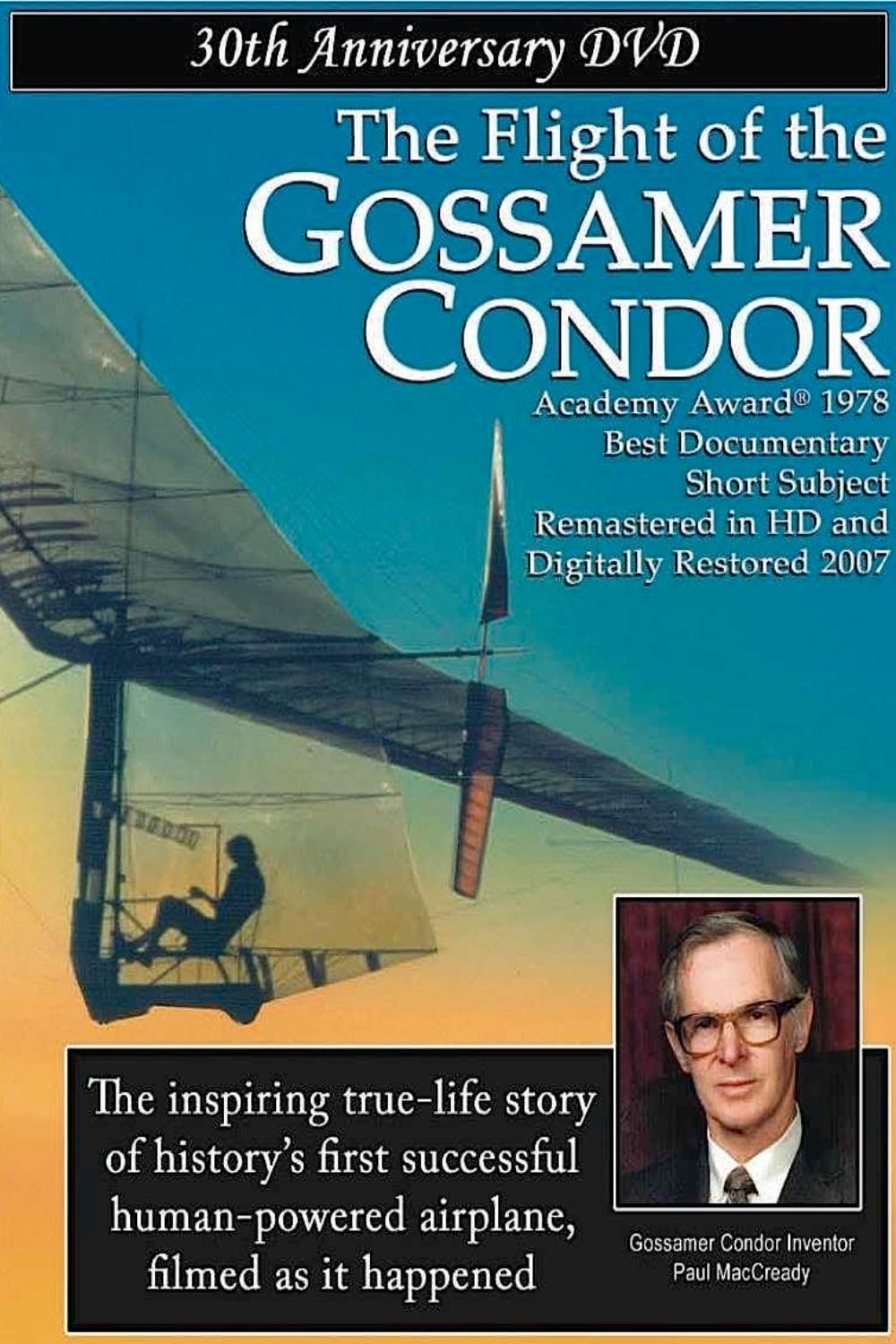
The Flight of the Gossamer Condor (1978)
Overview
The Flight of the Gossamer Condor tells the inspiring true story of history's first successful human-powered flight. Renowned inventor Dr. Paul MacCready and his team were filmed creating the world-famous pedal-powered airplane as it happened. Producing this film, which documents the development of a man's dream into a scientific and historic achievement was, in itself, an extraordinary effort. There was an immense risk involved in making a commitment to film a scientist's effort at achieving something which had never done before successfully. Preserved by the Academy Film Archive in 2007.
Production Companies
Additional Info
| Budget | $0.00 |
|---|---|
| Revenue | $0.00 |
| Original Language | en |
| Popularity | 0.671 |
Directed By
Ben Shedd
TOP CAST
Similar Movies
Apur Sansar
Apu is a jobless ex-student dreaming vaguely of a future as a writer. An old college friend talks him into a visit up-country to a village wedding. Preserved by the Academy Film Archive in 1996.
Aparajito
Aparajito picks up where the first film leaves off, with Apu and his family having moved away from the country to live in the bustling holy city of Varanasi (then known as Benares). As Apu progresses from wide-eyed child to intellectually curious teenager, eventually studying in Kolkata, we witness his academic and moral education, as well as the growing complexity of his relationship with his mother. This tenderly expressive, often heart-wrenching film, which won three top prizes at the Venice Film Festival, including the Golden Lion, not only extends but also spiritually deepens the tale of Apu. Preserved by the Academy Film Archive in 1996.
Butch Cassidy and the Sundance Kid
As the west rapidly becomes civilized, a pair of outlaws in 1890s Wyoming find themselves pursued by a posse and decide to flee to South America in hopes of evading the law.
All About Eve
From the moment she glimpses her idol at the stage door, Eve Harrington is determined to take the reins of power away from the great actress Margo Channing. Eve maneuvers her way into Margo's Broadway role, becomes a sensation and even causes turmoil in the lives of Margo's director boyfriend, her playwright and his wife. Only the cynical drama critic sees through Eve, admiring her audacity and perfect pattern of deceit.
Five Film Exercises: Film 2-3
Two short fragments resulting from experiments in controlling the mechanical development of the instrument. Preserved by the Academy Film Archive in 2005.
Swiss Trip (Rivers and Landscapes)
The black and white, live-action Swiss Trip, scored with Bach's 3rd Brandenburg Concerto (like Motion Painting No. 1), is kind of a nature or travel film cut via noticeable (in-camera?) edits that give the impression the film is constantly blinking and foreshadow techniques Stan Brakhage would use in the '50s and '60s. Preserved by the Academy Film Archive in 2000.
The Music Room
An aging, decadent landlord’s passion for music becomes the undoing of his legacy as he sacrifices his wealth in order to compete with the opulent music room of his younger, richer neighbour.
Bath
Made in an environment and at a time when frequent and gratuitous images of nude women permeated the work of her male counterparts, director Penelope Spheeris produced this intimate and sensual observation of a woman bathing. The appearance of Spheeris’ credit at the beginning of the film seems to ask the question: how does voyeurism change when we know the voyeur is actually a voyeuse? 16mm, b/w, 6 min. Director: Penelope Spheeris. Preserved by the Academy Film Archive in 2014.
The National Rehabilitation Center
Two years before Peter Watkins’ Punishment Park (1971), director Penelope Spheeris takes the McCarran Act to its inevitable next step and shows us—via an early use of mockumentary—what the U.S. might be like if potential subversives were simply locked up en masse before they had a chance to subvert anything. 16mm, color, 12 min. Director: Penelope Spheeris.1969. Preserved by the Academy Film Archive in 2016.
Hats Off to Hollywood
Picking up the story first presented in I Don’t Know (1970), Hats Off to Hollywood (1972) brazenly and brilliantly mixes documentary reality with fully staged recreations/reimaginings of episodes in the lives of Jennifer and Dana, a loving, bickering couple who challenge the notion of homonormativity. Drugs, poverty, disease, bigotry and prostitution all figure into this disarmingly candid and often hilarious film, a remarkable work that is the apotheosis of director Spheeris’ early work, and a luminous signpost leading directly to The Decline of Western Civilization (1979-1997). Preserved by the Academy Film Archive in 2012.
The Fighting Generation
A 1944 propaganda short film produced for the U.S. Treasury Department and intended to boost war bond sales, directed by an uncredited Alfred Hitchcock and starring Jennifer Jones as a nurse's aide. Preserved by the Academy Film Archive, from the Academy War Film Collection, in 2008.
Celery Stalks at Midnight
Early 'visual music' film by John Whitney. Preserved by the Academy Film Archive in 1999.
A Grand Day Out
Wallace and Gromit have run out of cheese, and this provides an excellent excuse for the duo to take their holiday to the moon, where, as everyone knows, there is ample cheese. Preserved by the Academy Film Archive.
The Wrong Trousers
Wallace rents out Gromit's former bedroom to a penguin, who takes up an interest in the techno pants created by Wallace. However, Gromit later learns that the penguin is a wanted criminal. Preserved by the Academy Film Archive.
A Close Shave
Wallace's whirlwind romance with the proprietor of the local wool shop puts his head in a spin, and Gromit is framed for sheep-rustling in a fiendish criminal plot.
Why Korea?
This film examines the reasons why the United States decided to engage in the Korean War. Scenes describe Russia's attempt to gain power following World War II (Korea included), and its refusal to allow free elections in the country. Footage shows Soviet-backed North Korean troops' movement into South Korea on June 25, 1950, the United Nations' response, and the armed struggle against both North Korean and later Chinese troops led by General Douglas MacArthur. Preserved by the Academy Film Archive in partnership with Twentieth Century Fox Film Corporation in 2005.
The Seeing Eye
An updated Technicolor followup to a black & white Broadway Brevity (1941) tour of the Morristown, New Jersey seeing eye dog training program. Much of the narration comes from the canine's point of view. Preserved by the Academy Film Archive.
Thursday's Children
Won the Academy Award for the Best Documentary Short of 1954. The subject deals with the children at The Royal School for the Deaf in Margate, Kent. The hearing-handicapped children are shown painstakingly learning what words are through exercises and games, practicing lip-reading and finally speech. Richard Burton's calm and sometimes-poetic narration adds to the heartwarming cheerfulness and courage of the children. Preserved by the Academy Film Archive in partnership with British Film Institute in 2005.
3rd Ave. El
Impressionistic picture of the Third Avenue Elevated Railway in Manhattan, New York City, before it was demolished. Preserved by the Academy Film Archive in 2010.
